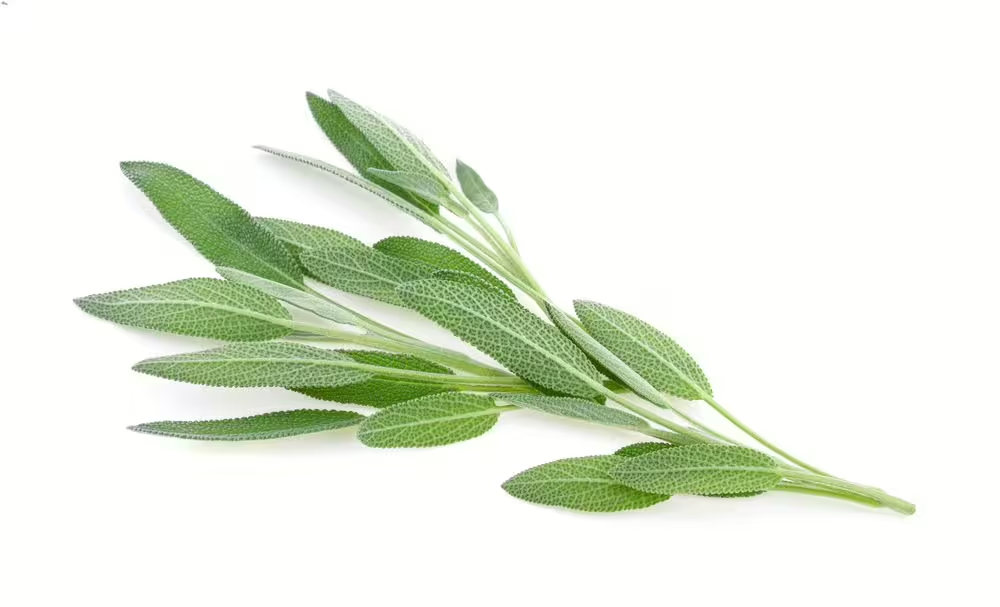Wash the sages with cold water and dry them thoroughly with paper towels. Then place them in a plastic bag or in an airtight container lined with absorbent paper. Keep them in the refrigerator for a period of 5 to 7 days. This method is particularly suitable for sage. Cut the stems and place them in a glass of water, like flowers. Cover them with a plastic bag and keep them in the refrigerator for a period of 5 to 7 days. You can also freeze the sages. Wash them carefully, dry them and finely chop them. Place them in a freezing bag, press the air and seal it. You can then keep the sachets in the freezer for several months. This method works well for sage. Wash the sages and dry them carefully. Tie them into small boots and hang them backwards in a dry and well ventilated place. Once the leaves are dry and brittle, remove them from stems and store them in an airtight container.
